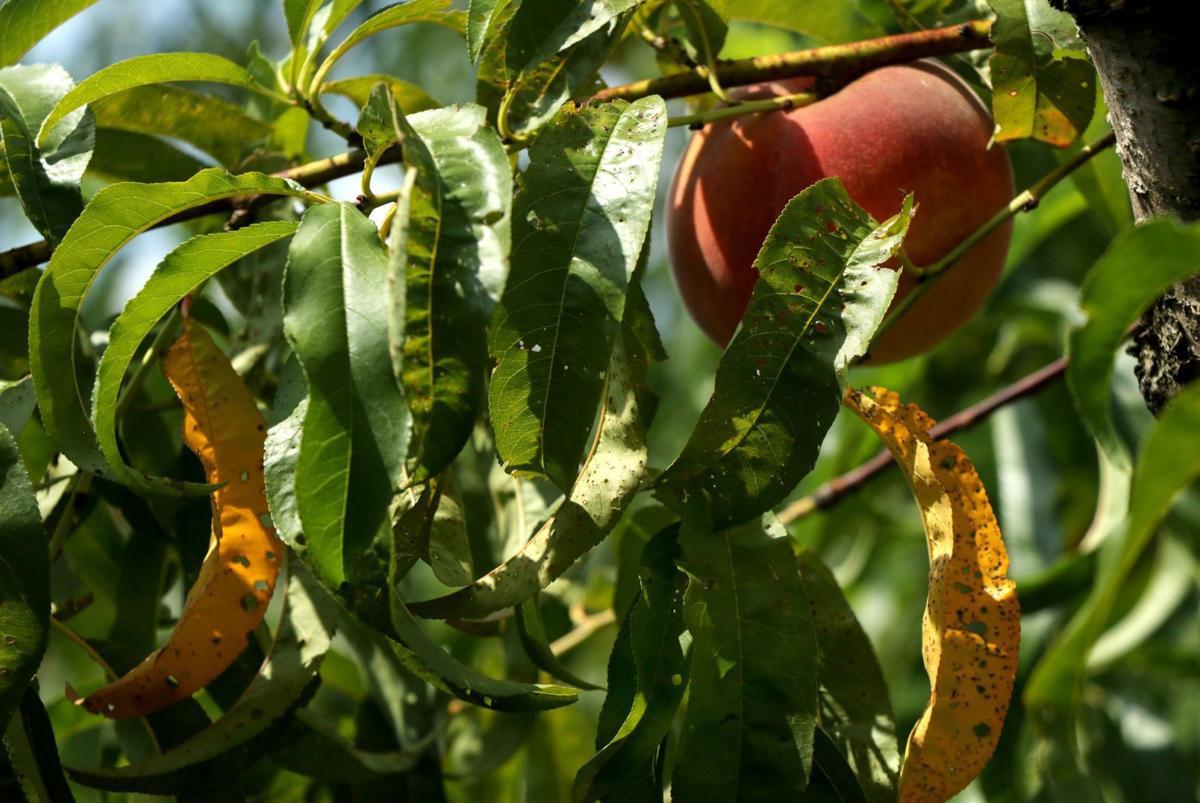
Long before a dispute over illegal herbicide drift left an Arkansas farmer dead of a gunshot wound in November, a growing sense of unease had spread across the Great Plains about the cornstalk-sized superweeds infesting more than 100 million acres.
The fatal dispute was among hundreds of complaints across 10 states that arose in the wake of Monsanto’s decision to release new soy and cotton seeds genetically engineered to resist the herbicide dicamba even though an updated formulation of dicamba had yet to be approved for use on the crops.
In their effort to beat back the profit-choking weed epidemic, some farmers planting the new genetically engineered seeds decided to roll the dice and illegally spray those crops with an outdated formulation of dicamba notorious for drifting onto neighboring crops.
In Missouri alone, spray drift from illegal dicamba use on soybean fields has damaged more than 40,000 acres of other crops, including peaches, tomatoes, alfalfa, cantaloupes, watermelons, rice, peas, peanuts and alfalfa.
Last month, Missouri’s largest peach producer filed a lawsuit claiming Monsanto should be held responsible for the loss of 30,000 peach trees resulting in financial losses exceeding $1 million. The producer alleges the damages were caused by illegal spraying that was a predictable consequence of Monsanto’s decision to release its dicamba-resistant seeds prior to availability of a compatible form of dicamba.
Read more here.























